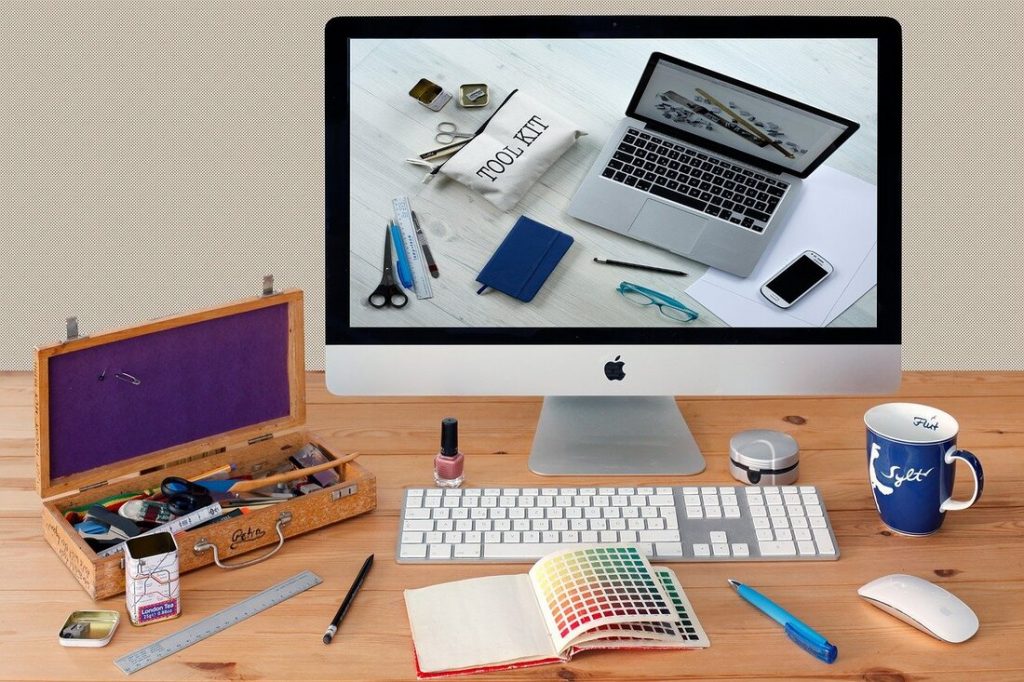
First impressions count. It’s something we have all heard time and again, the main reason being because it is true!
So, when it comes to the design of your marketing material, it makes sense to present your small business in the very best way possible, as for many this will form their first impression of who you are and what you do.
Good design is great for the bottom line, too. A study exploring the value of design, published by The Design Council showed that for every £100 a design alert business spent on design, turnover increased by £225. It concluded: “Businesses that add value through design see a greater impact on business performance than the rest.”
Small Business Geek’s design lead Sarah Edwards said: When it comes to design, the first job all small businesses need to do is to establish their brand. From a design perspective this means deciding on the specific font, colour palette, style of imagery and so on that will be used across all of their design work. Really you are creating a persona for your business and this uniformity will provide a professional look and feel, in turn boosting the confidence of customers and potential customers in your brand.
There’s no denying the digital revolution has made design work that much more accessible to the man on the street. But just because you can have a go at creating your own flyer or online advert doesn’t mean you necessarily should.
Advertising Week explains “When people work with a company, they want to know they’re working with professionals. Investing in professional design shows that your business values professionalism and sends a powerful message to potential clients or customers. You only have one chance to make a first impression, and using a professional designer helps you make it as effective as possible. Investing wisely is key to sustaining and growing your business, and design is no exception.”
If you are able to resist DIY design options and invest in a professional designer it can truly reap rewards. After all, as design legend Paul Rand – best known for his corporate logo designs for companies such as IBM said: “Good design doesn’t date. Bad design does.”
Sarah continued: We often have clients that say their own design doesn’t look right, but they don’t know why.
This is where a professional designer comes into their own. They don’t just think about the aesthetic but also evaluate, looking at the form and function, and understand how to balance text and images in a way that attracts attention and encourages people to take action.
If you spend an hour creating a social media post or print advert for example and you are not getting the message across properly or catching your audience’s attention then you have wasted that hour when you could have been doing something more productive.
Rather than struggle designing something yourself it really is worth investing in a designer who will be able to take your ideas and create a design which works and fits with your brand. They will be able to make sure the design has a commercial purpose and communicates your message in the most effective way possible.
Even as a micro business we can help make the most of a small budget to get better results. Sarah has a few top tips for what you need to consider:
- Don’t overcrowd your space too much text or too many images will leave your design looking confused.
- Simplify your message. People have short attention spans. You need to catch them quick and hook them in.
- Make text punchy to attract attention and encourage the reader not only to make it to the end but to take action as a result
- Consistency is key. Think font, colour palette, imagery it all needs to fit together to form your brand.
- Think about how a person will access your design – for example you will usually find the company logo in the top left-hand corner of a website as this will be the first thing a visitor will see. Look at how big brands tackle lay out for some pointers.
- Know your audience. Who is your design work aimed at? What message do you want them to take away? What action would you like them to take as a result?
- Understand your medium – for example if you are producing a meme for social media it has to have high impact to avoid people swiping past before they have taken in your message whereas a print advert can hold more information and may be revisited by the reader.
- Make sure your images are the right resolution for the job. Blurry, poor quality images are detrimental to your brand. Typically, if your design will be viewed digitally, they should be 72dpi, whereas for print the quality has to be far greater at 300dpi.


